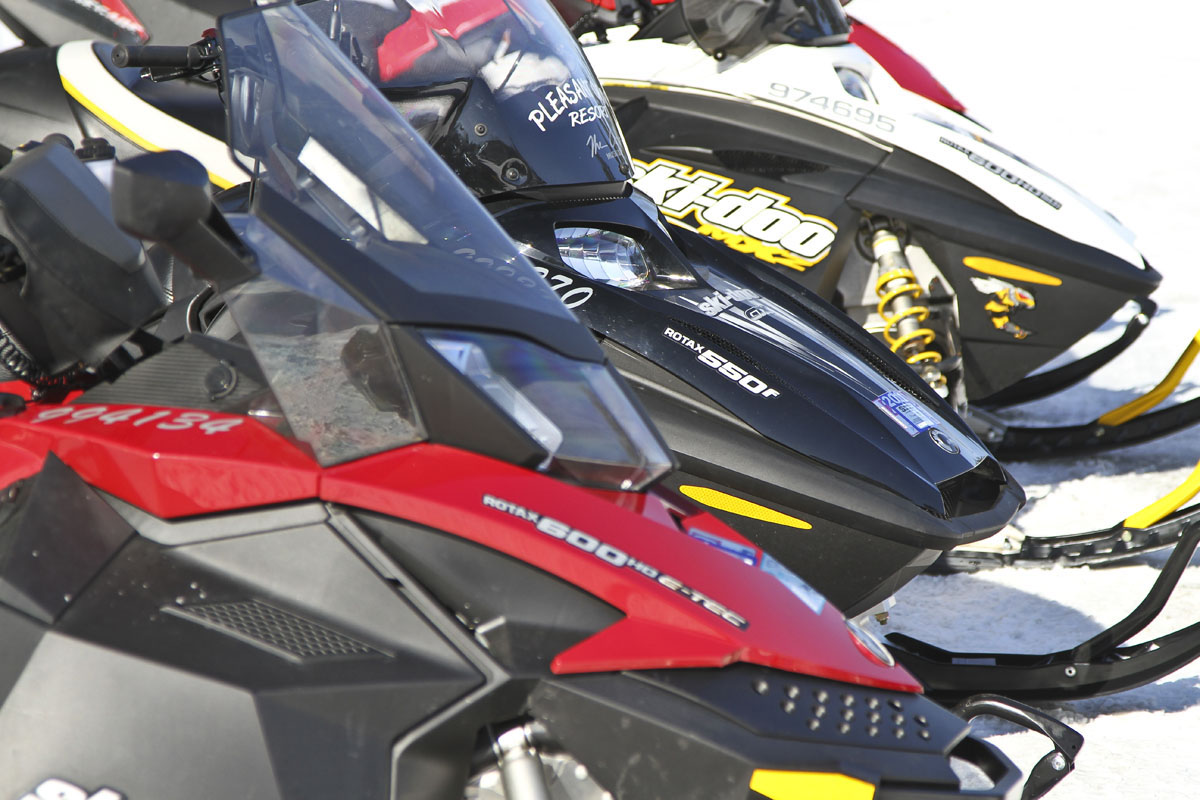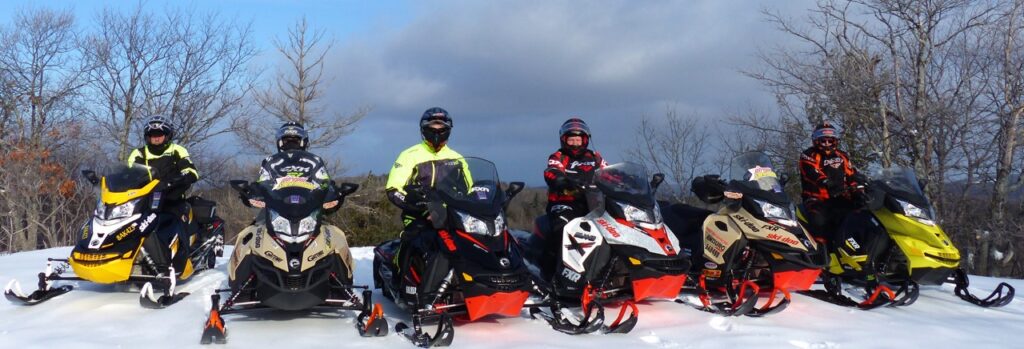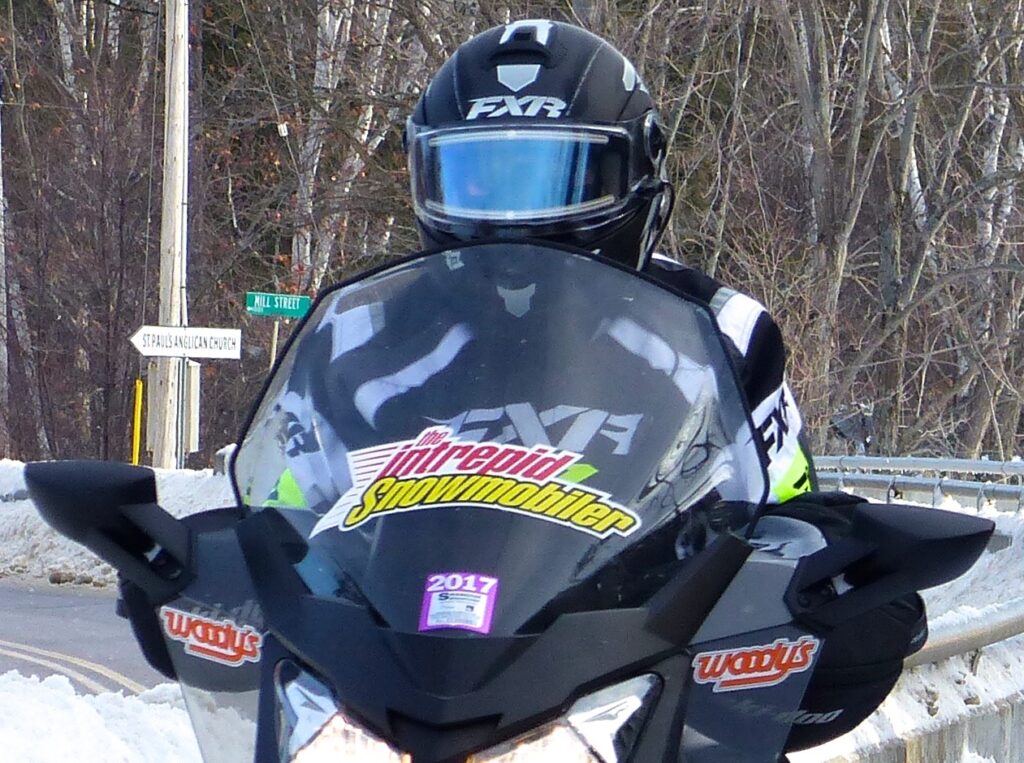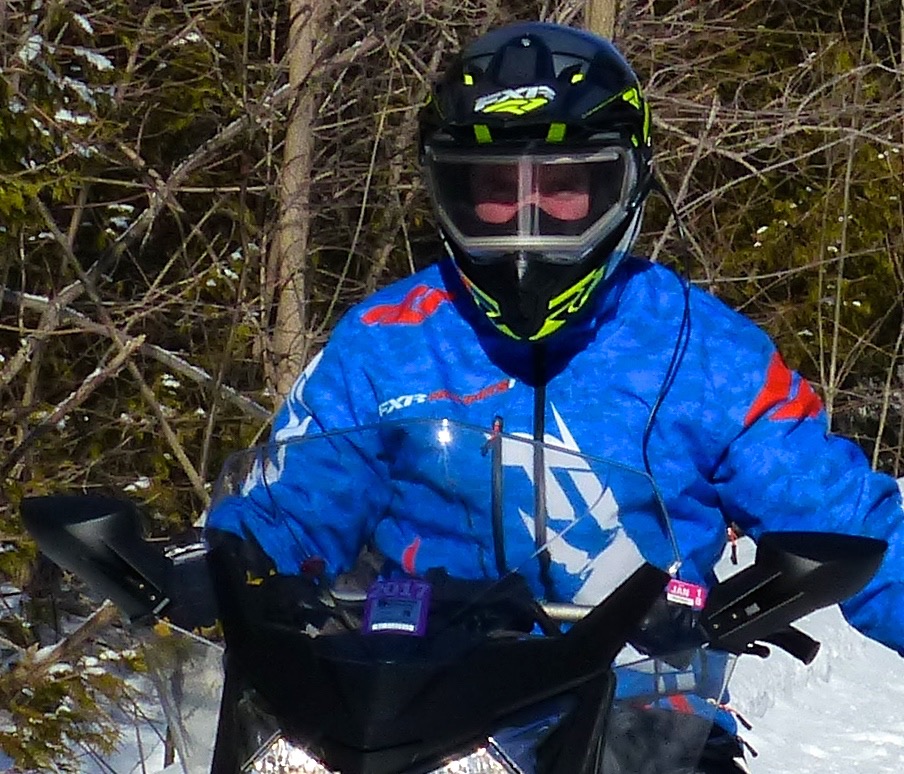What’s The Right Snowmobile Windshield For You?
Related: Choosing The Right Snowmobile
You may have the right sled for you, but riding with the right snowmobile windshield can also make or break your snowmobile tour. But choosing one isn’t as simple as you might think. Here’s what you need to know about choosing a snowmobile windshield for trail riding.
Not having the right snowmobile windshield can also be a deal breaker for frozen family members or novice riders. It’s one on many things that help a newbie stay involved, just as my snowmobile beginners tips are.
Snowmobile Windshield Testing
The very name defines its purpose. A “windshield” is there to protect you from fast moving air, right? So why is it nothing more than a gauge cover on some snowmobiles? Just because it comes stock with a credit card-sized snowmobile windshield doesn’t mean you have to live with it.
It’s a no-brainer to deflect as much of the wind chill generated by nature and speed as possible away from your body. To optimize this objective in various scenarios, informed sources at BRP say Ski-Doo conducts model-specific computerized flow analysis, wind tunnel tests and extensive prototyping. These tests sort out aerodynamic forces, pressure distribution, backdraft and back pressure for the best snowmobile windshield design.
I’m sure the other manufacturers have their own mysterious processes. So this is a very good reason to windshield shop from the company that made your snowmobile. Just make sure you check their catalogue carefully to get one that’s an integrated fit for your snow machine.
What About Windshield Height?
For riders in search of warmth, select a snowmobile windshield that protects your body. It should direct cold airflow around you, not on to your chest, chin or helmet visor. Icy breeze hitting any one of these targets can freeze your bod. Cold air slamming your visor can also frost its surface and help cause fogging so you can’t see properly.
At the same time, a mismatched snowmobile windshield can cause wind turbulence around your head with annoying buffeting and noise. Last winter, a riding companion got a new snow machine. Suddenly his year-old helmet, which had worked well previously, was now noisy as hell. It never occurred to us that his new windshield might be the culprit.
And if you wear a snow-cross helmet, you’ll quickly know if your windshield’s not right. That’s when your head snaps back as fast moving air grabs the helmet peak and tries to tear your lid of.
There are several other cautions when looking for a higher snowmobile windscreen. Good geometry is paramount. The lines and angles of the windshield work seamlessly with the shape and flares of your hood. Its position relative to the snowmobiler also plays a key role in its overall effectiveness.
If you’re a snowmobiler that does a lot of standing, be careful because the wrong height or angle of windshield can get in the way as you ride. And unless you prefer viewing the trail through transparent polycarbonate, ensure that your new windscreen is low enough to see over while sitting comfortably on the snow machine.
Windshield Choices For Riding Double
If you ride two-up a lot, it’s a whole different equation. The perfect snowmobile windshield height for one-up riding creates a protective air pocket around the operator. But backdraft or turbulence may converge exactly where a passenger sits. This would certainly explain why so many passengers complain about being especially cold back there. So making your passenger comfortable comes from the right size windshield, not necessarily the highest one.
If available for your snow machine, try a snowmobile windshield that’s flared and/or comes with integrated side deflectors (and takes a pair of integrated mirrors, also designed for streamlined airflow). Just watch out that a wider windshield doesn’t impede turning your handlebars on tight corners (especially with j-hooks or handlebar air deflectors).
You also need to double-check that your cover still fits over a higher windscreen. Next, does your snow machine still go forward all the way to the front of your enclosed trailer? Some clamshells or short beds with angled fronts may be a tight fit for a higher windshield.
Right-Sizing Your Snowmobile Windshield
Finally, much as it may sound tempting, don’t get too high a snowmobile windshield. Once, I got my wife the largest windscreen I could find, operating on the bigger-is-better theory. Unfortunately, it had a disturbing tendency to fold forward towards the handlebars at even a reasonable pace.
I’ve also seen higher windshields come loose at the base and flip up from too much wind pressure. This condition can usually be remedied with a short screw to reinforce the base. Besides, higher isn’t always better. Sometimes it’s overkill when a medium one would work best instead.
There’s another way to gain more protection. Choose a snowmobile windshield whose upper lip flares slightly to redirect the airflow higher as it comes off the polycarbonate.
Better yet, check out a new solution – an infinitely adjustable windshield from Ski-Doo. It moves up or down from medium to high with the flip of a lever. This way, you can change height for various riders, varying temperatures, or for adding a passenger.
Whatever your windshield choice for snowmobile tours, start by asking yourself what kind of a rider you really are. That will go a long way to helping you decide. But one thing’s for sure: you’ll be surprised how much difference an extra inch or two can make to your snowmobiling comfort and enjoyment!
Like This Post? Follow Me on Facebook
The tips and advice in this blog are the opinions of the author, may not work in every situation and are intended only for the convenience and interest of the reader, who has the personal responsibility to confirm the validity, accuracy and relevancy of this information prior to putting it to their own use.






